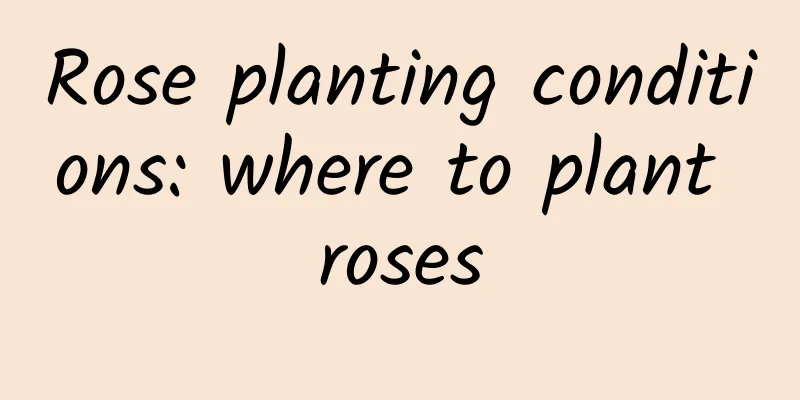Water celery cultivation methods and precautions

1. Maintenance methods1. Temperature: It likes to grow in relatively warm places and is not cold-resistant. The minimum maintenance temperature cannot be lower than ten degrees. The plant will stop growing below ten degrees. The best maintenance temperature is between fifteen and twenty-five degrees. The plant grows best in this temperature range. 2. Watering: It needs to grow in water. There should always be water in the field from the beginning of the bell to the rooting of the seedlings. This is beneficial to the rooting. After the plant takes root, gradually deepen the water layer, leaving only the water surface above the plant. If the temperature drops to zero degrees, the water layer needs to be deepened to between 40 cm and 60 cm, leaving only a few leaf tips on the water surface. 3. Fertilization: Its growth consumes a lot of nutrients. Fifteen days after successful planting, you need to start applying top dressing. A total of three times of top dressing are needed, with an interval of fifteen days. In September, you can use secondary potassium chloride, which can increase the weight of the stems. 4. Light: It needs sufficient sunlight to grow. Five hours of light a day is enough. The light should not be too strong, as it will affect the quality of the plant. 2. Breeding techniques1. Reproduction: To reproduce water celery, asexual reproduction using seed stems is required. In August, the seed stems should be harvested from the seed fields, and plants with a base diameter of about one centimeter should be selected for germination. The germination temperature is 25 degrees, so it is best to choose a sunny and ventilated location for germination, and remove the tops of the selected seed stems. Then tie it into round bales with a diameter of 30 cm and cover it with a layer of fresh grass to ensure humidity. While playing, pour cool water on it. In about ten days, they will take root, and when the temperature drops below 30 degrees in August, they can be planted. 2. Pruning: The plant needs to be pruned twenty days after planting, and the branches that are not growing well need to be removed. 3. Problem Diagnosis1. Pests: The main pests during its growth period are aphids and cabbage worms. At the end of September, you should pay attention to insect inspection and control, because this is the peak period of insect pests, and you need to use quick-kill emulsion for spraying and treatment. 2. Disease: If the leaves of the plant dry up, it is mostly due to insufficient fertilizer and the amount of fertilizer needs to be increased. IV. Other issues1. Toxicity: non-toxic. 2. Edible: edible. |
<<: Cultivation methods and precautions of Shengdi
>>: The cultivation methods and precautions of water hyacinth
Recommend
The efficacy and function of Yunshi
1. Cough relief Yunshi has a good effect of resol...
Keep these 4 kinds of beautiful flowers at home, water them and they will grow quickly, and they can live for 10 years!
In fact, many people pay attention to the proport...
What to do if the crabapple flower loses its leaves? How to deal with the leaves wilting
1. What to do 1. Control watering: If you apply w...
How to cultivate Maiden Heart
Water requirements The amount of watering during ...
What are the breeding methods and precautions for smooth sailing?
Smooth sailing breeding method All the best plant...
Planting methods and time of cabbage lettuce planting technology (cultivation points)
Suitable planting time for cabbage lettuce Cabbag...
What fertilizer is good for eggplant topdressing?
Eggplant topdressing time After the eggplant surv...
Soybean Growth Conditions and Characteristics
Soybean Growing Conditions Soybean is a short-day...
Super cutting method for Pothos gardenia, 100% survival!
If the green radish doesn’t survive after being p...
Geranium cutting method and time How to make geranium cutting have a high survival rate
Geraniums are adaptable to a wide range of enviro...
What are the maintenance tips for bamboo palm?
Palm bamboo , also known as "household palm&...
How to hydroponically cultivate pink palm
Select pot Choose a flowerpot according to the si...
How to grow white palm quickly
1. Maintain the environment 1. Soil Potted anthur...
Cultivation methods and precautions of multi-headed chrysanthemum
1. Fertilization If you want to fertilize it, it ...
Where does dragon fruit grow? Where does it grow?
Introduction to Pitaya Growth habits of pitaya Pi...









